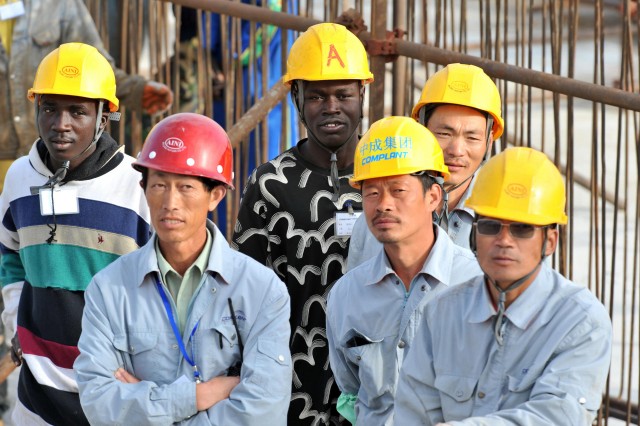Chinese in Africa
From the late 1700s to the early 1900s, Chinese traders and laborers traveled to southern and eastern Africa to earn a living in the colonies established by Europeans. A large number of Chinese also moved to African islands such as MAURITIUS, REUNION, and MADAGASCAR. A second wave of immigrants settled in Africa in the 1920s and 1930s, a time of great unrest in China.
Although many Chinese were recruited as mineworkers in the South African gold mines, others became involved in local business and formed social ties. Traders often lent money to local farmers and bought their crops, which they resold to European firms. Many of these early Chinese settlers produced children with local women. They accepted these children into their own families but sometimes sent them to China for schooling. In recent years the Chinese of SOUTH AFRICA have interacted more with their white neighbors than with black Africans. Many Chinese have left African countries that won their independence during the 1960s and 1970s.

Almost all African Chinese trace their roots to the southern Chinese province of Guandong. They are descended from the original Chinese traders, rather than from Chinese laborers brought to Africa by Europeans at the same time. The current Chinese population in Africa totals about 70,000. Most of these people live in the southeastern part of the continent, where they make a living primarily as grocers and restaurant owners. However, many younger Chinese pursue professional careers. A few have taken high government positions in countries such as ZIMBABWE and Mauritius.
Since the 1950s a commercial community of Hong Kong Chinese has developed in West African nations such as GHANA and NIGERIA. Hundreds of Taiwanese businessmen have also moved to South Africa and the surrounding countries to set up industrial plants. These entrepreneurs, however, have been criticized for taking advantage of local labor in their factories.